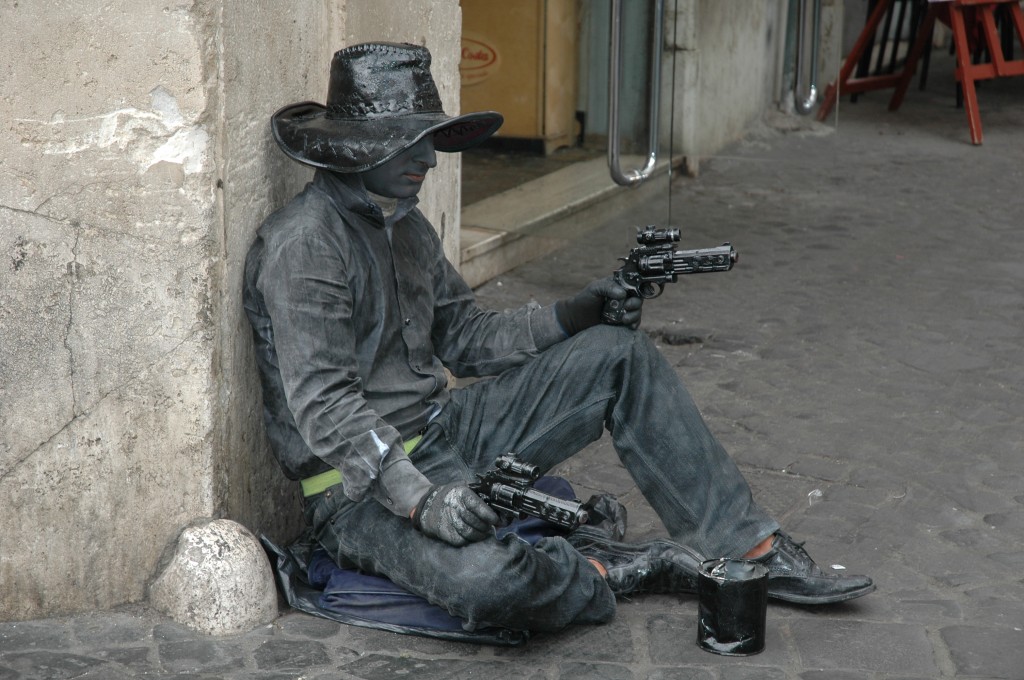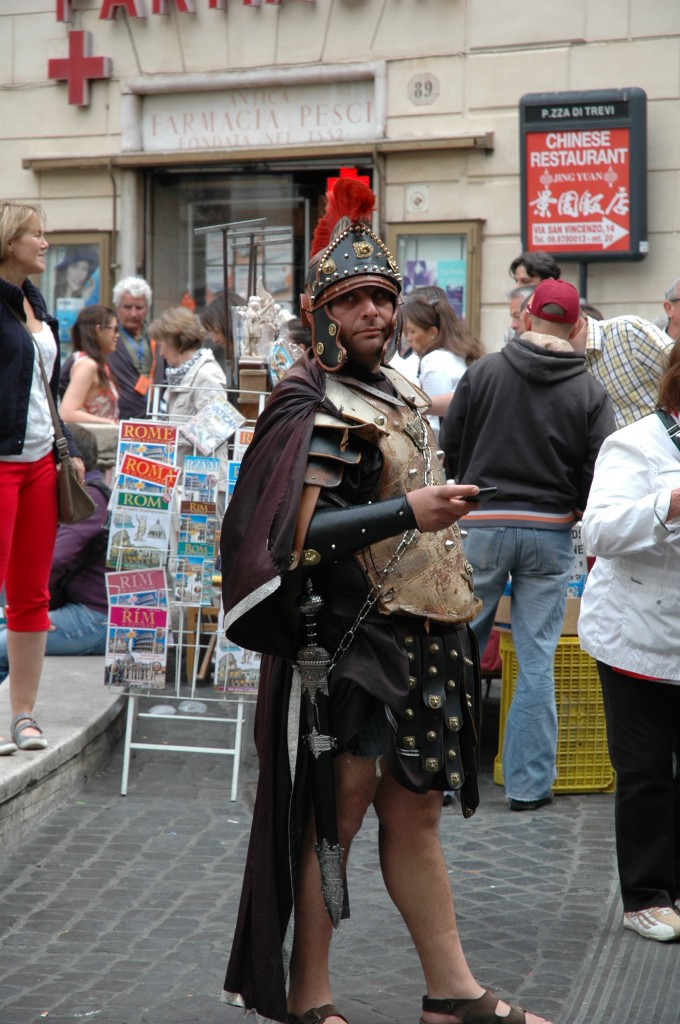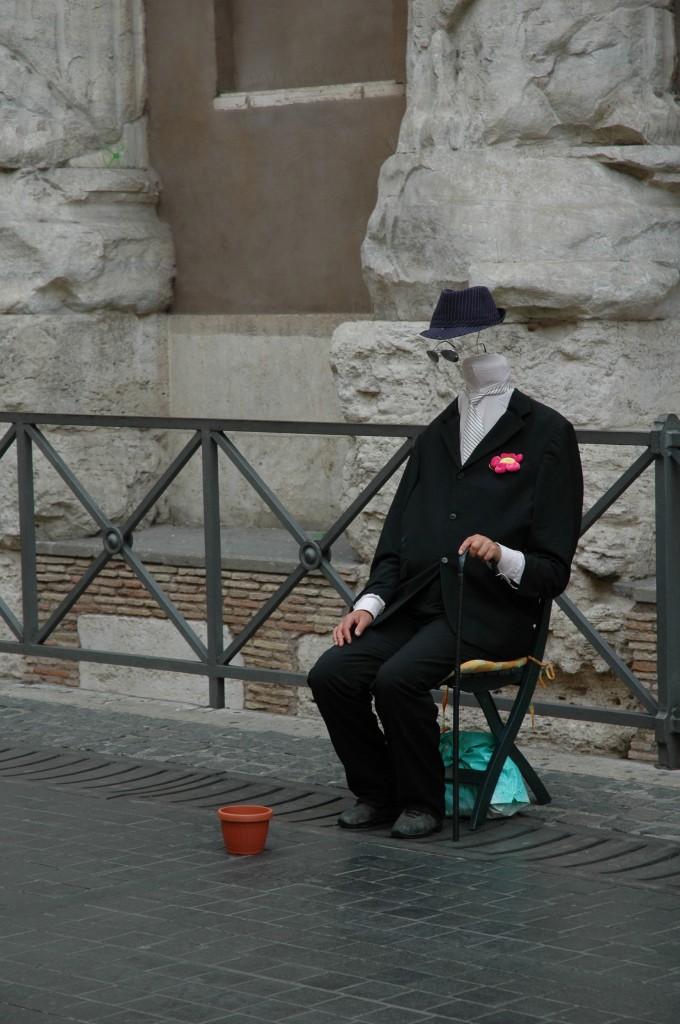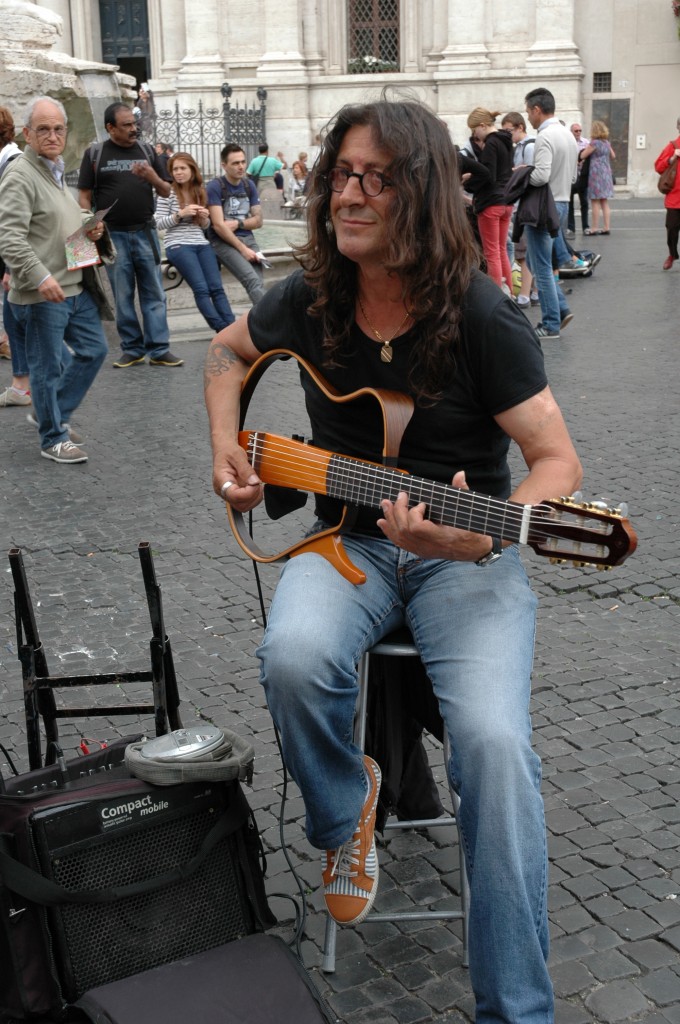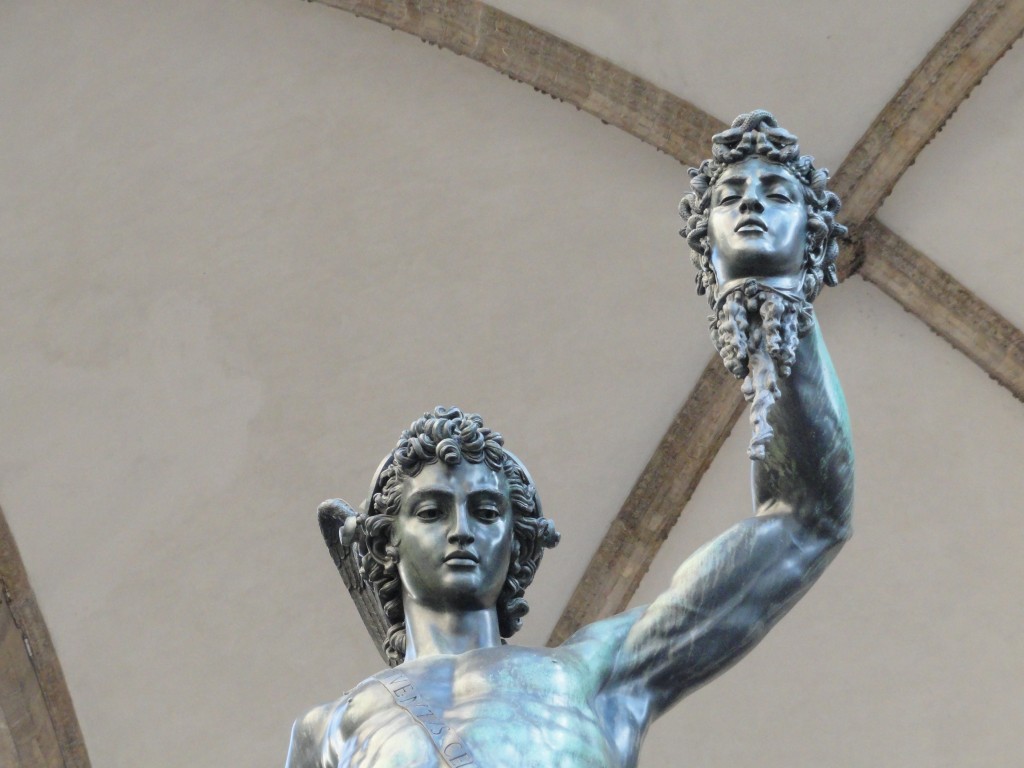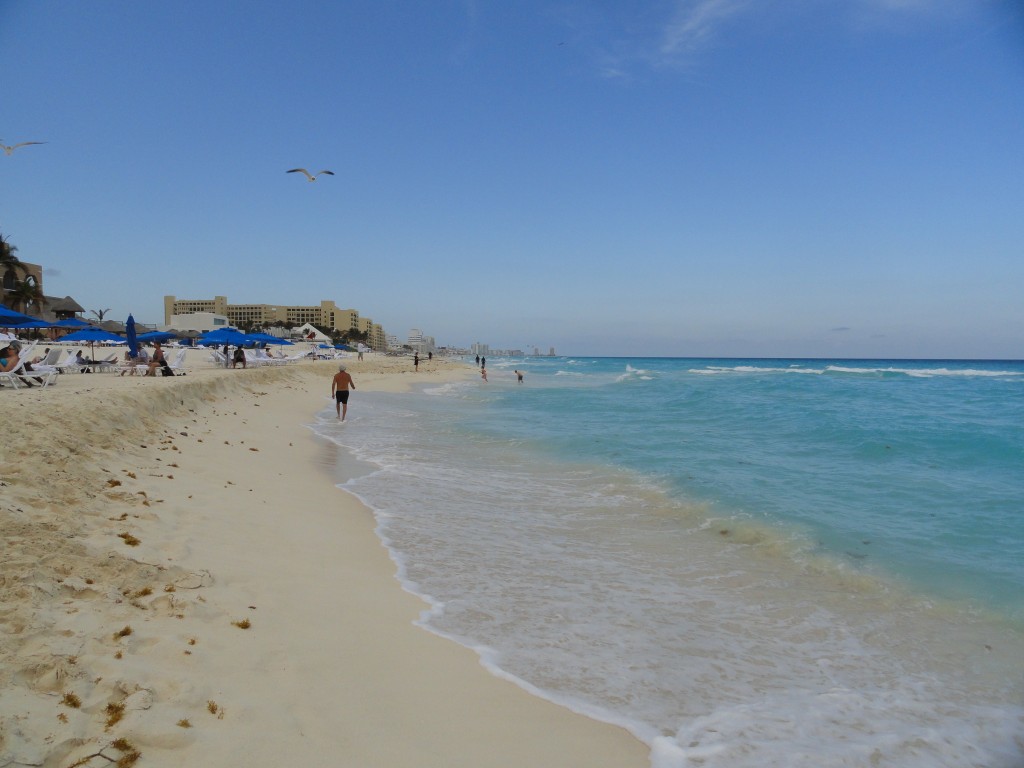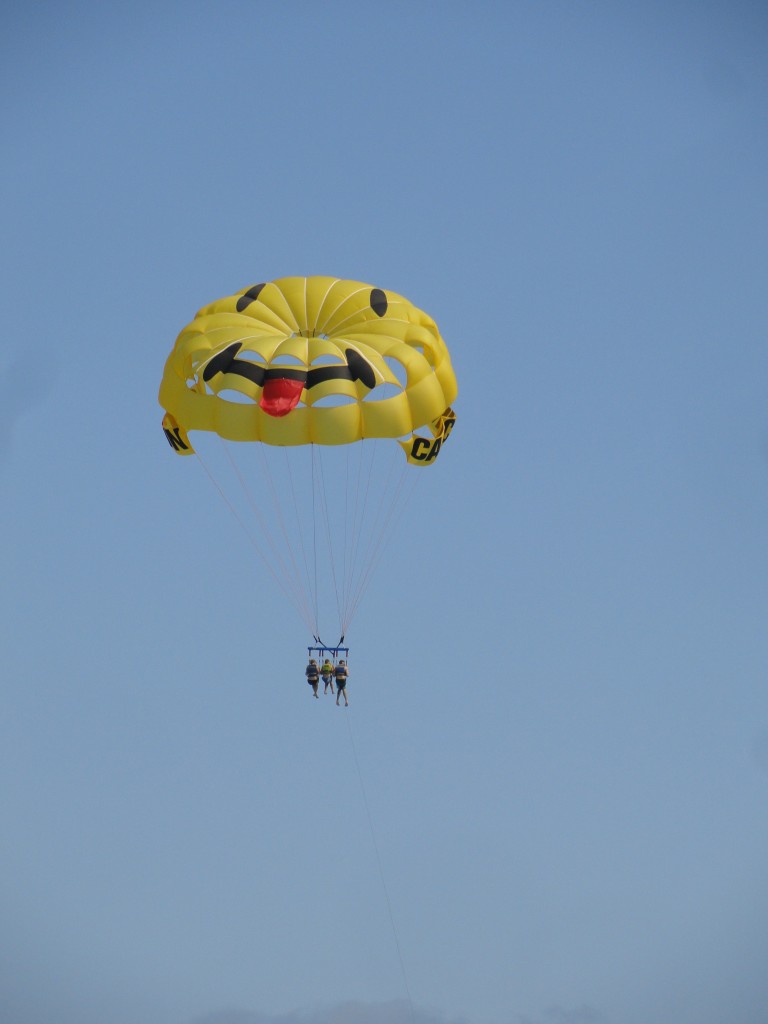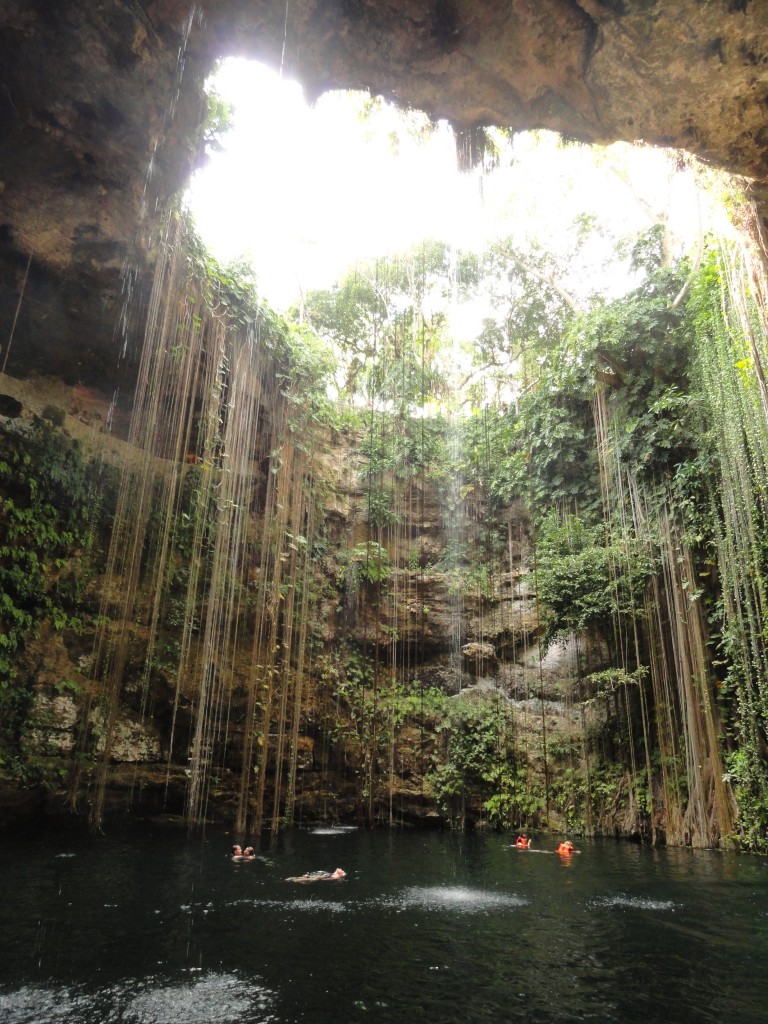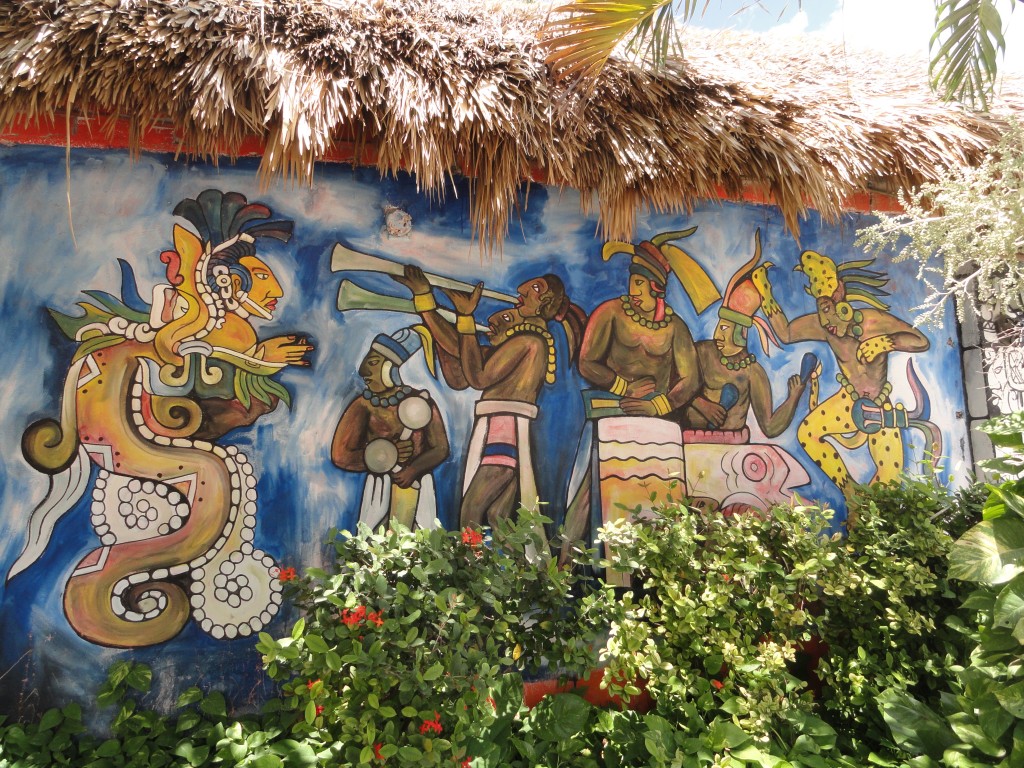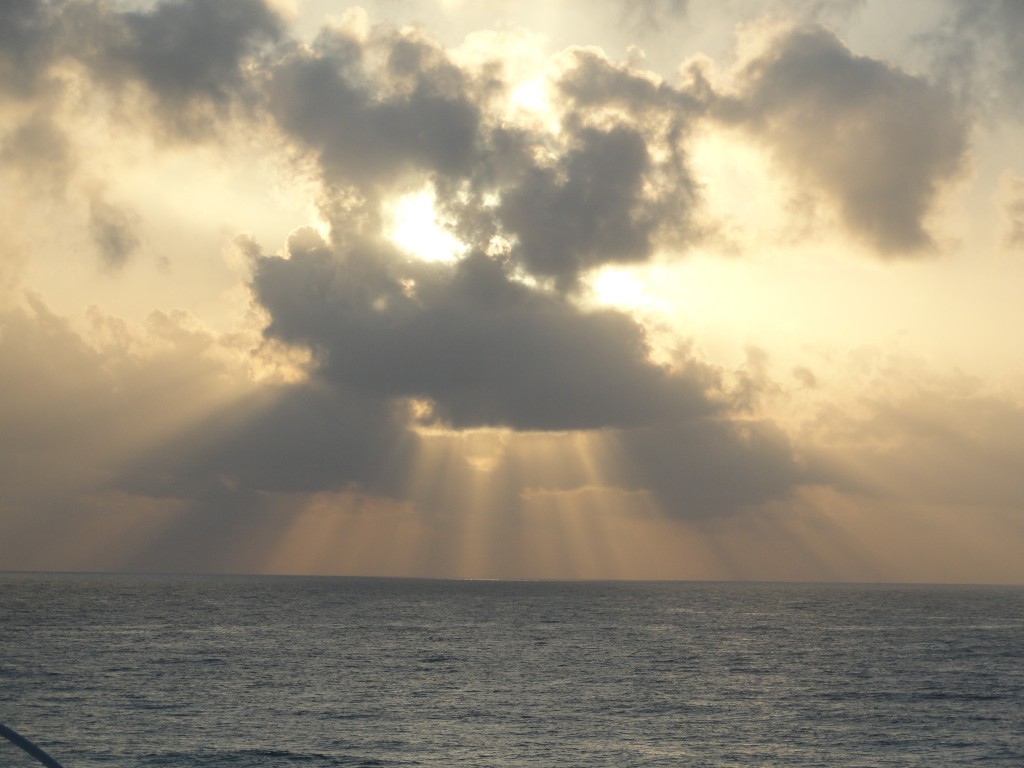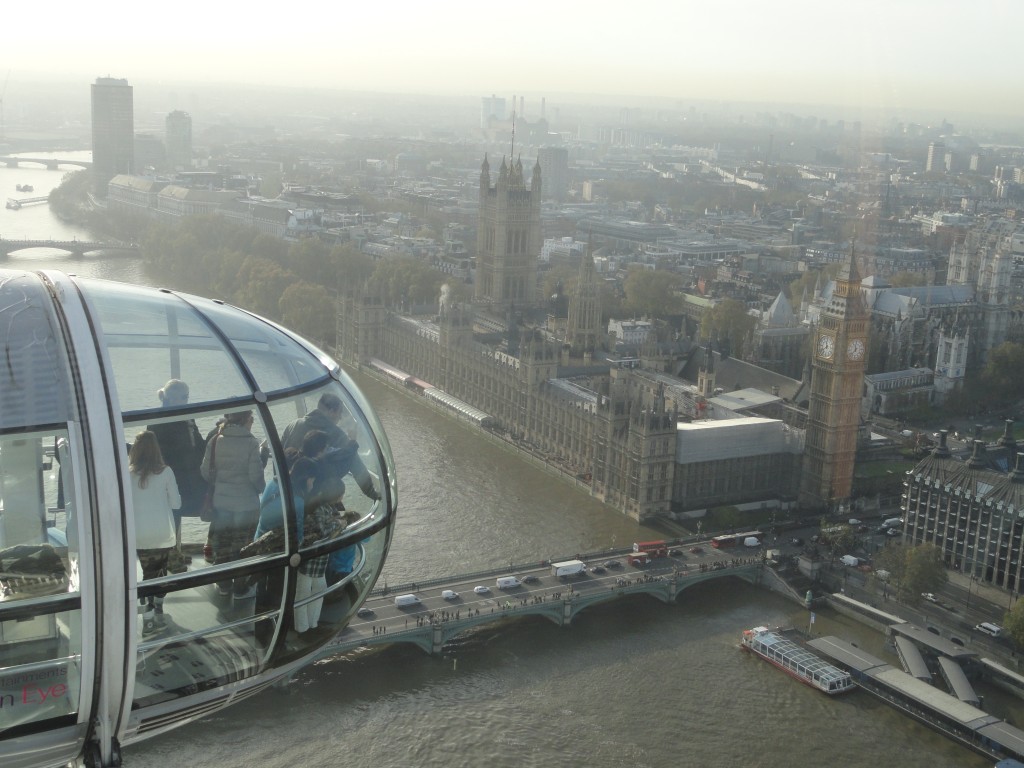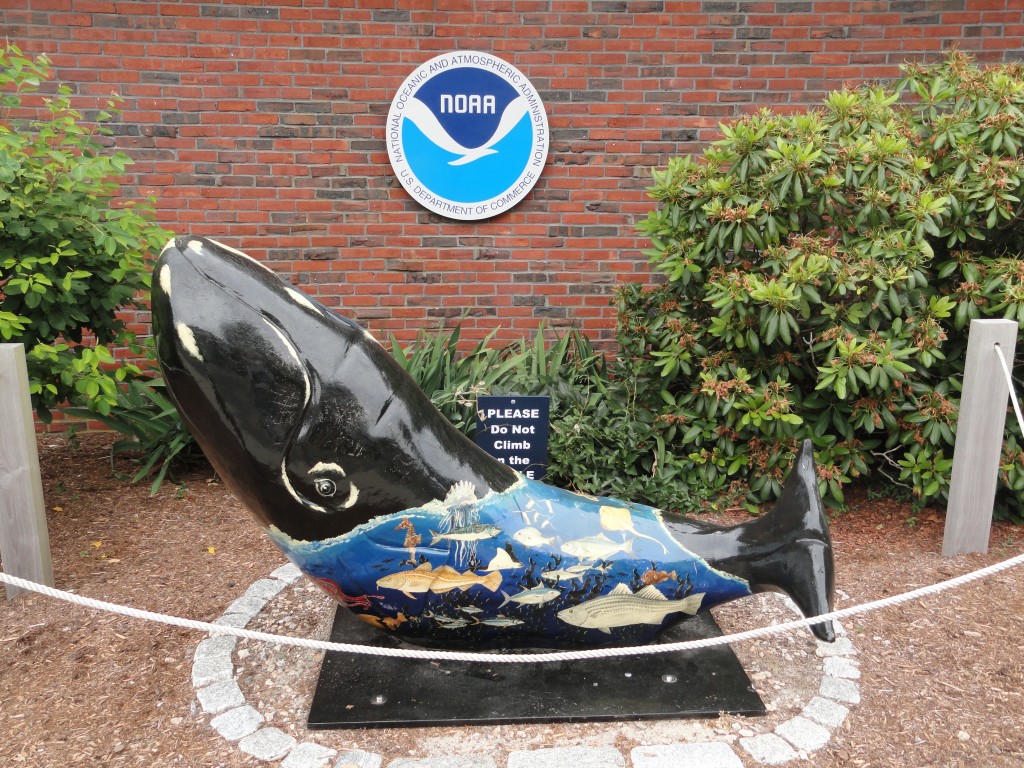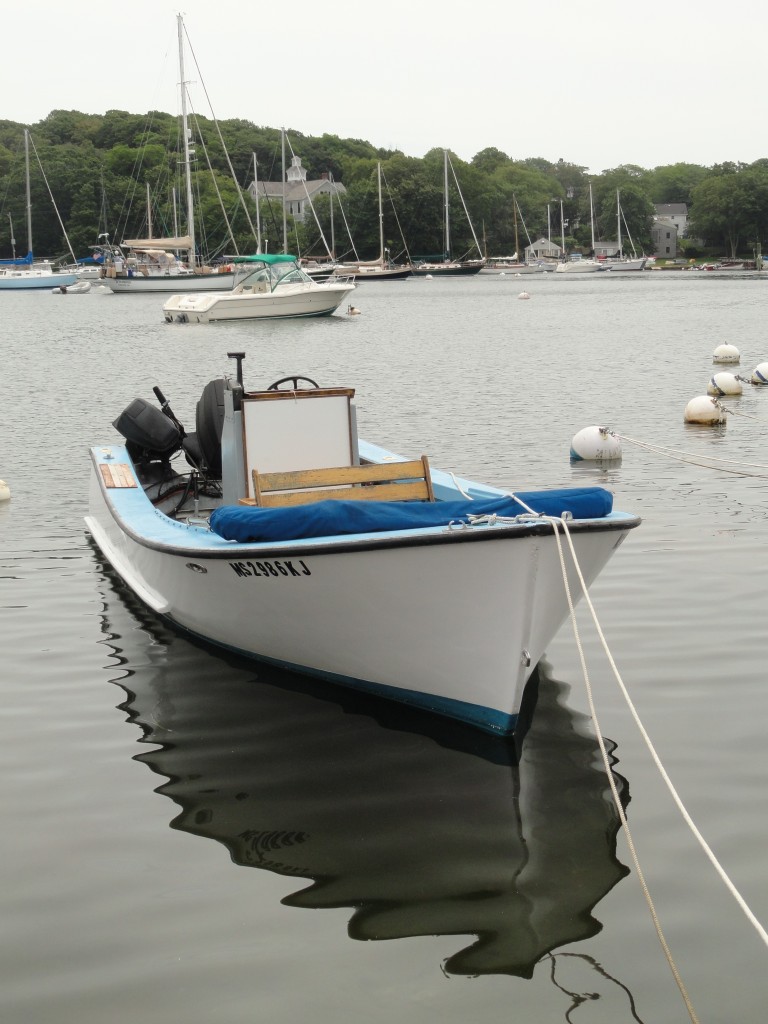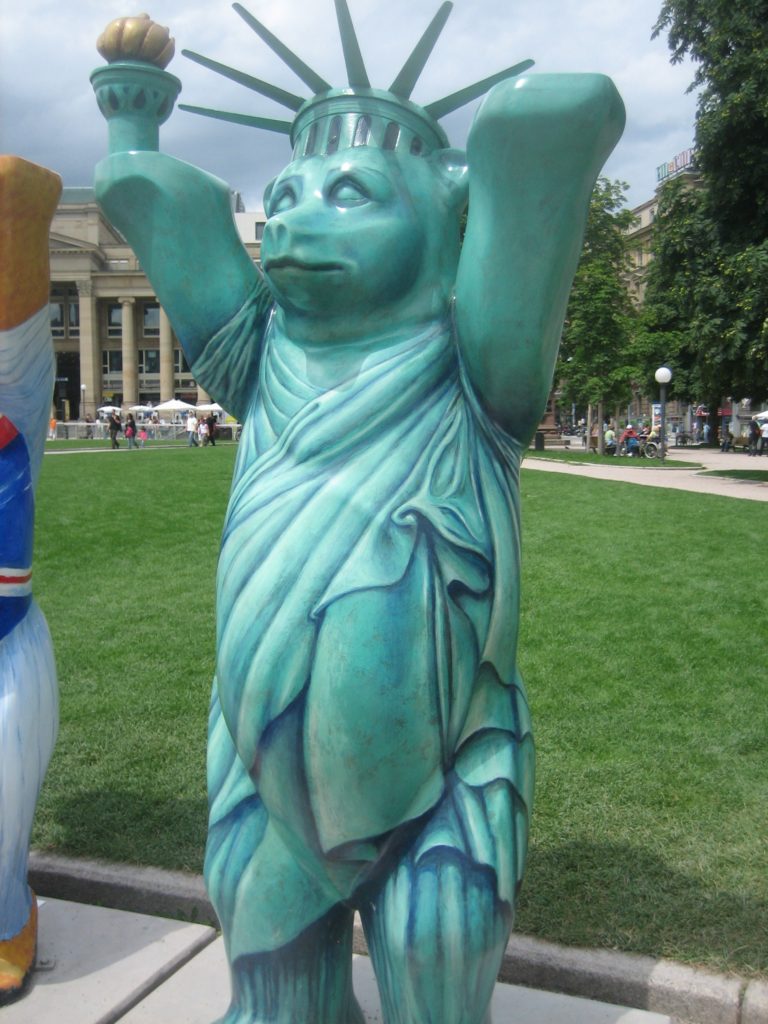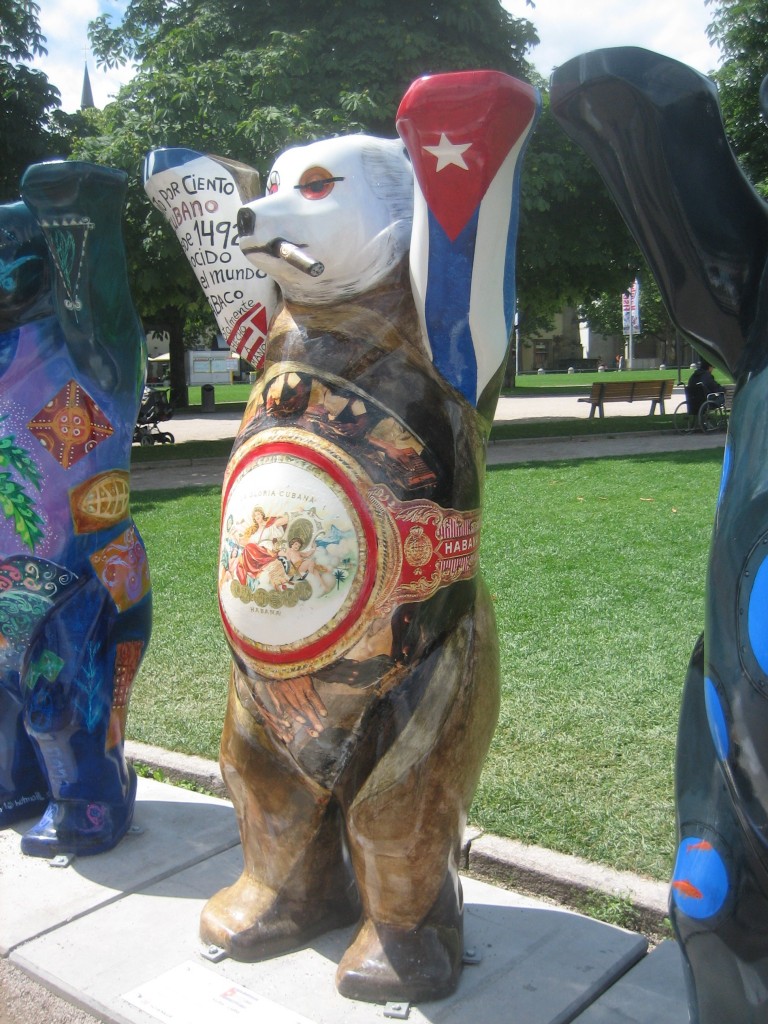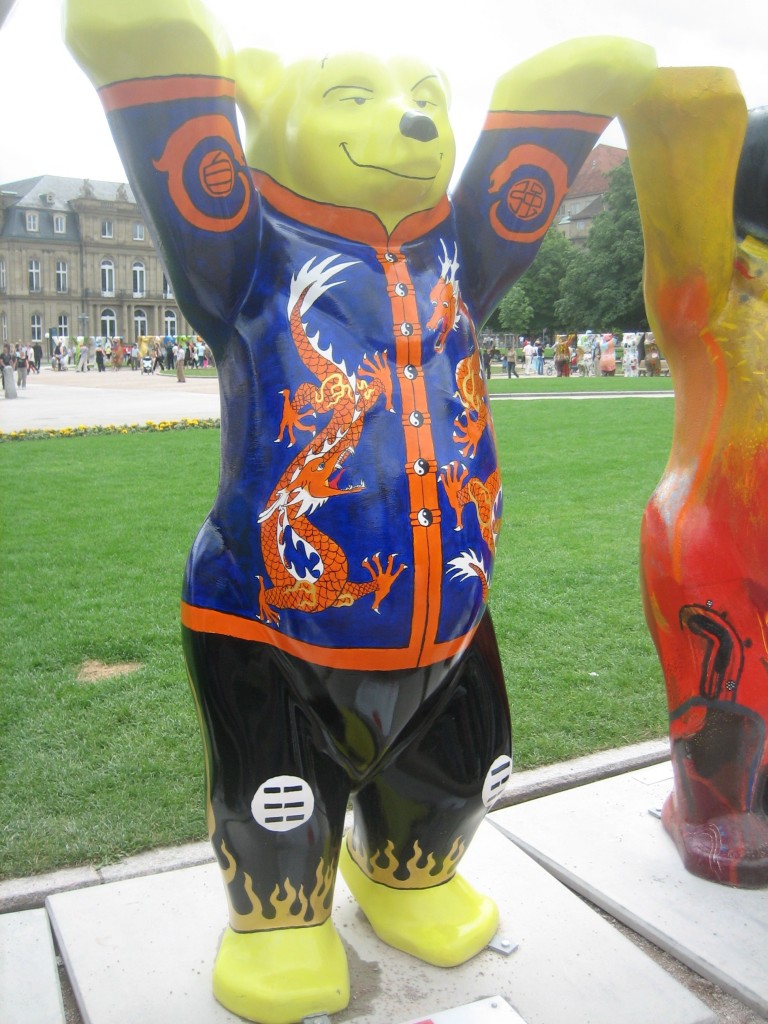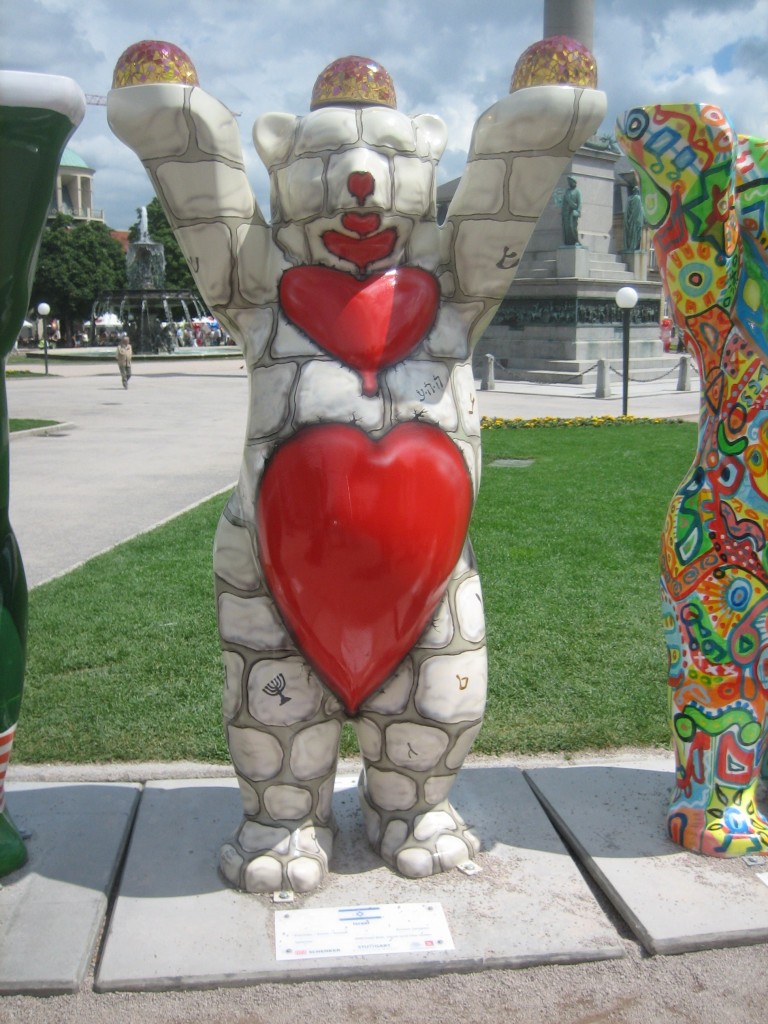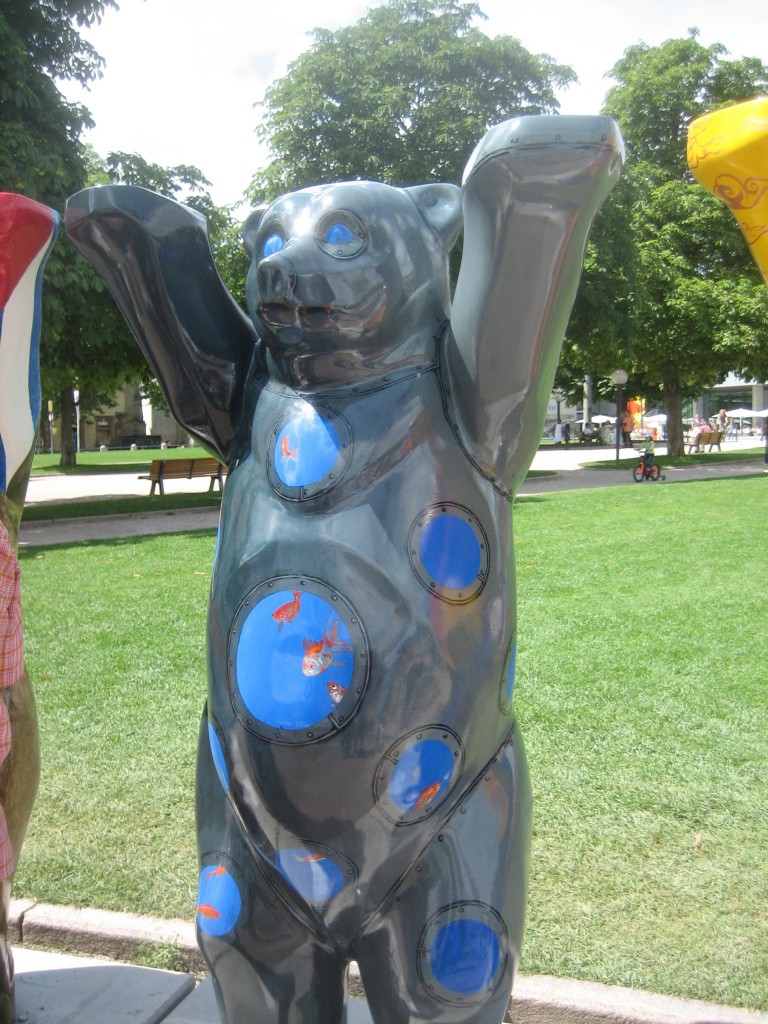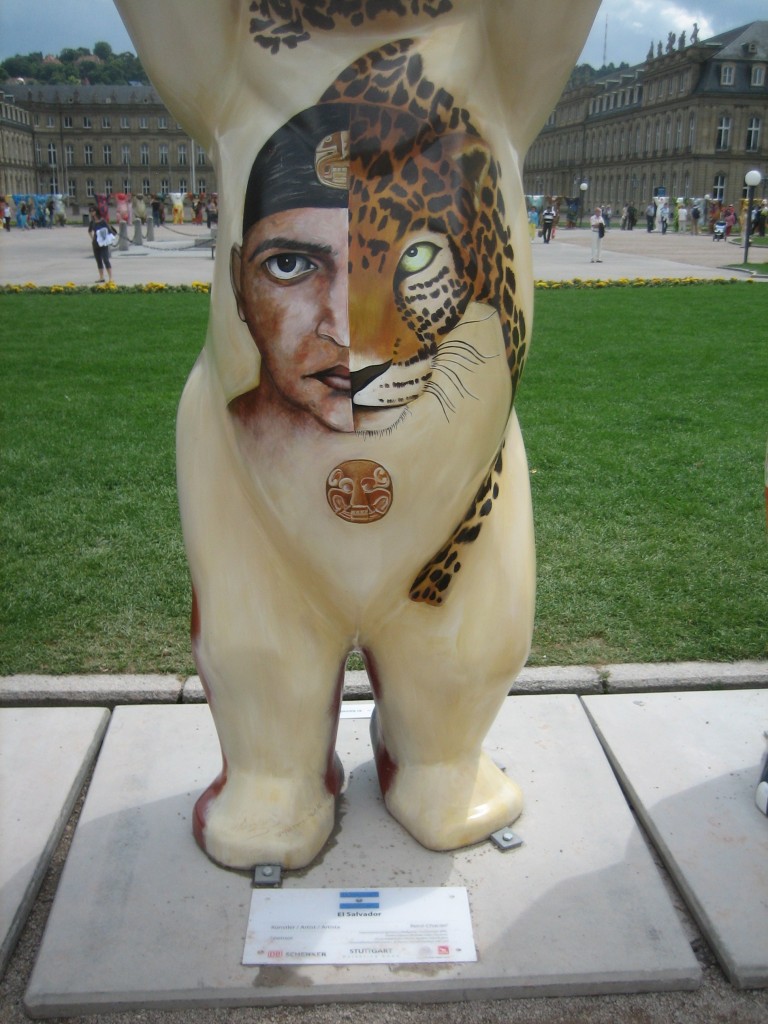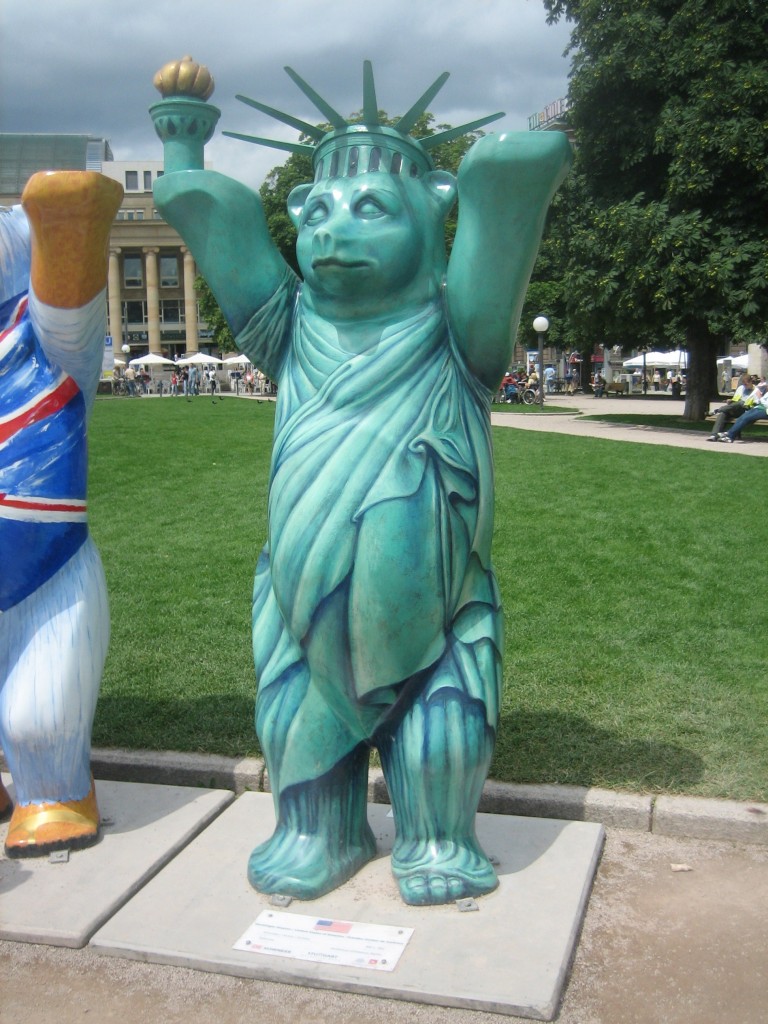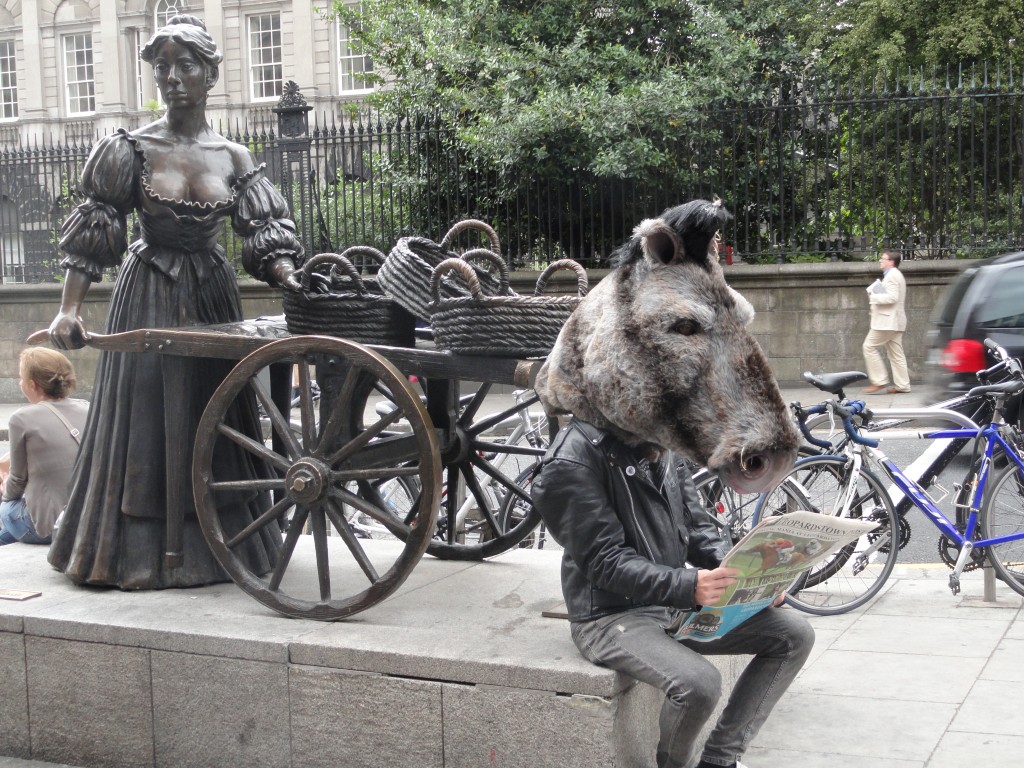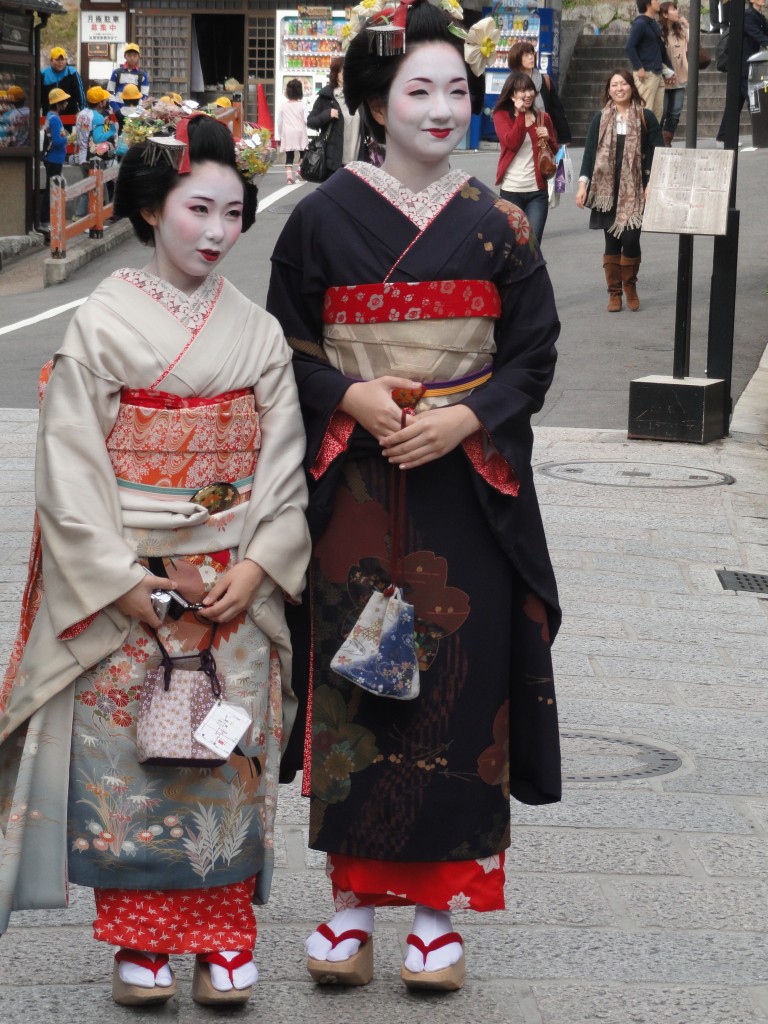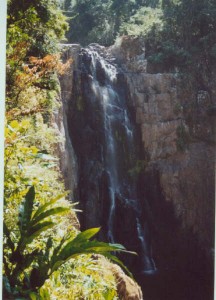I recently returned from a well-deserved (at least in my mind) trip to Italy, during which my total walking mileage was about 77 miles. In 9 days. The trip started in Rome, passed through Pisa, flourished in Florence, broke in Bologna, and mingled in Milan before coming to a close in Geneva. And in those places there was the Sistine Chapel, the leaning tower, the naked David statue (another David, no relation), the two towers (no, not the Tolkien ones), the Last Supper, and a mostly not spurting jet d’eau. Oh, and then there was the guy who picked my pocket.
But I’m not going to talk about those now. I’m going to talk about the weirdos.
There are weirdos in Italy. Did you know that? To be honest I really shouldn’t be shocked given that I’ve seen this sort of thing everywhere I’ve gone in Europe (not so much in Asia for some reason). Mostly they are the street performers, if you can call sitting or standing with no movement performing.
First there was the guy sitting on the corner of piazza that keeps Trevi Fountain from running down the street. I think he went by the name of Ronnie Raygun.
Nearby was a slightly lost Praetorian Guard. I believe, but cannot confirm, that he was checking the GPS app on his iPhone to locate the colosseum (two miles east).
Not to be outdone was this finely dressed gentleman. Something strange about him – Not quite sure I can see what it is though. I think he’s hiding something.
This guy isn’t really a weirdo. In fact, he played the most extraordinary guitar. On a most extraordinary guitar. Very talented and a real treat to hear.
Now this guy – he was weird. But environmentally friendly!
Even the horses got into the act. Now I know what they mean by that old expression – “tying on a feedbag.”
Too bad we can’t teach the folks here in DC how to wear a costume and stand still for hours. They would make a lot more money begging that way.
So this was my weirdo, er, street performer post for Italy. I assure you that there were a lot of incredible sites along the way and I’ll definitely come back to share them with you all soon. Here’s some art to whet your appetite. Anyone know who this is (who they are)?



